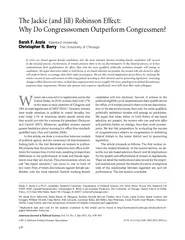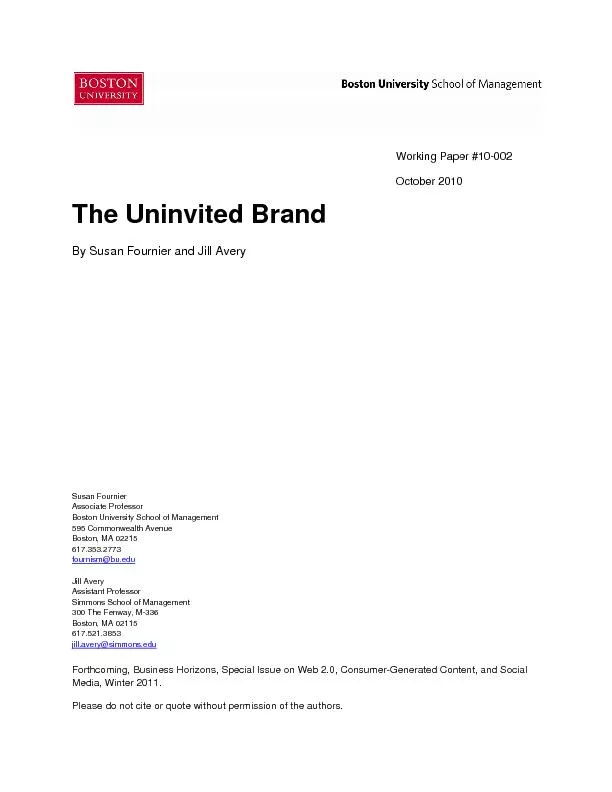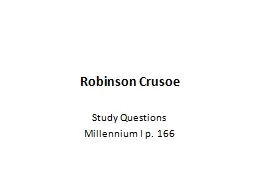PDF-The Jackie and Jill Robinson Effect Why Do Congresswom
Author : calandra-battersby | Published Date : 2015-05-20
Anzia Stanford University Christopher R Berry The University of Chicago If voters are biased against female candidates only the most talented hardest working female
Presentation Embed Code
Download Presentation
Download Presentation The PPT/PDF document "The Jackie and Jill Robinson Effect Why ..." is the property of its rightful owner. Permission is granted to download and print the materials on this website for personal, non-commercial use only, and to display it on your personal computer provided you do not modify the materials and that you retain all copyright notices contained in the materials. By downloading content from our website, you accept the terms of this agreement.
The Jackie and Jill Robinson Effect Why Do Congresswom: Transcript
Download Rules Of Document
"The Jackie and Jill Robinson Effect Why Do Congresswom"The content belongs to its owner. You may download and print it for personal use, without modification, and keep all copyright notices. By downloading, you agree to these terms.
Related Documents














